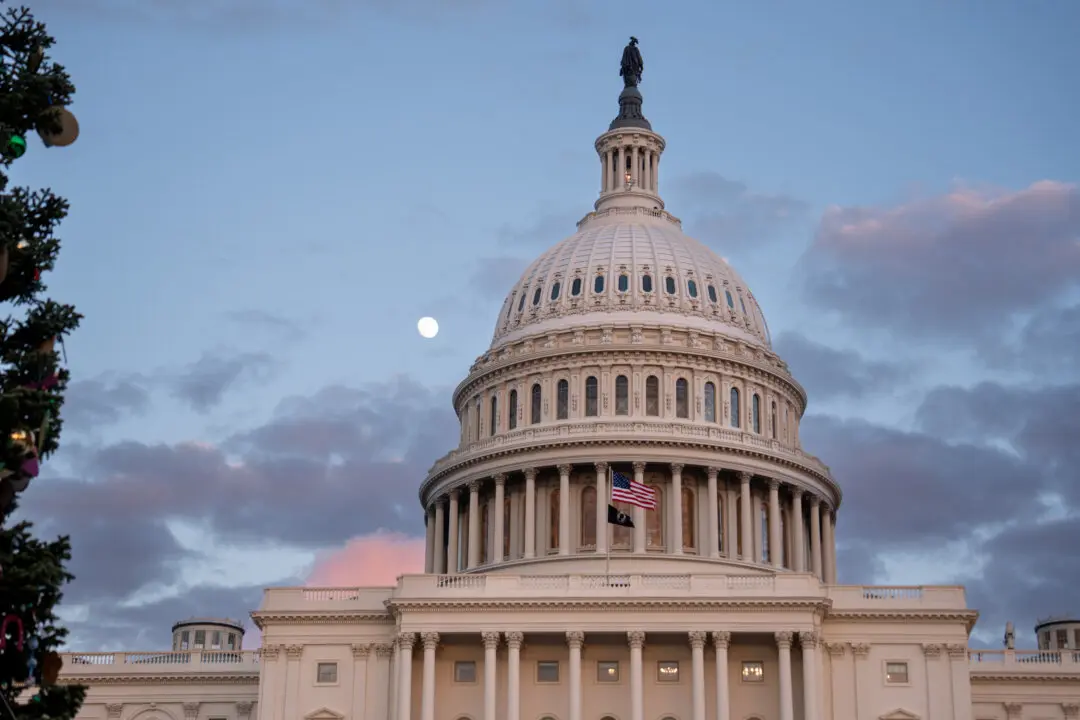The total lunar eclipse will coincide with the winter solstice in the early hours of Dec. 21.
You just need to look up at the moon—there will be no danger to your eyes, unlike in a solar eclipse.
If you own a telescope, you can enjoy a close-up of the lunar craters, while waiting for the umbra or full shadow to move across. The winter solstice means the moon will appear very high in the sky.
As the umbra approaches, keep an eye out for shooting stars as the Ursids meteor shower takes place. Normally they are imperceptible due to the bright glow of the full moon, but tonight’s darkness will yield a rare view of the space-rock fragments as they burn up in the Earth’s atmosphere. Their fiery colors will glow brighter against the darkness.
The Earth’s atmosphere also filters out most of the blue-colored light, making your eclipse experience vary from gray-brown to blood red or even coppery orange. Even in its darkest moments, you can still see the moon due to indirect sunlight.
Viewers in North America, Greenland, and Iceland can see the eclipse in the early hours of the night—1:33 a.m. through 5:01 a.m. EST and 10:33 p.m. through 2:01 a.m. PST.
If you’re in Western Europe, be on the lookout before moonset to observe the early stages of the eclipse. The later stages are reserved for after moonrise for those in Western Asia.
The eclipse will last about three and a half hours, and totality—when the Earth’s shadow completely covers the moon—will last 72 minutes, according to NASA.
There’s an iPhone iOS app called SkySafari Lite, available for free before the eclipse ends to help you track it.
According to NASA, this will be the last chance for U.S. sky watchers to see a total lunar eclipse until April 15, 2014.
For a guide to the best viewing times in different parts of the world, visit this NASA link. It will feature a chat from midnight to 5:00 a.m. EST to ask a NASA astronomer questions about the eclipse.




